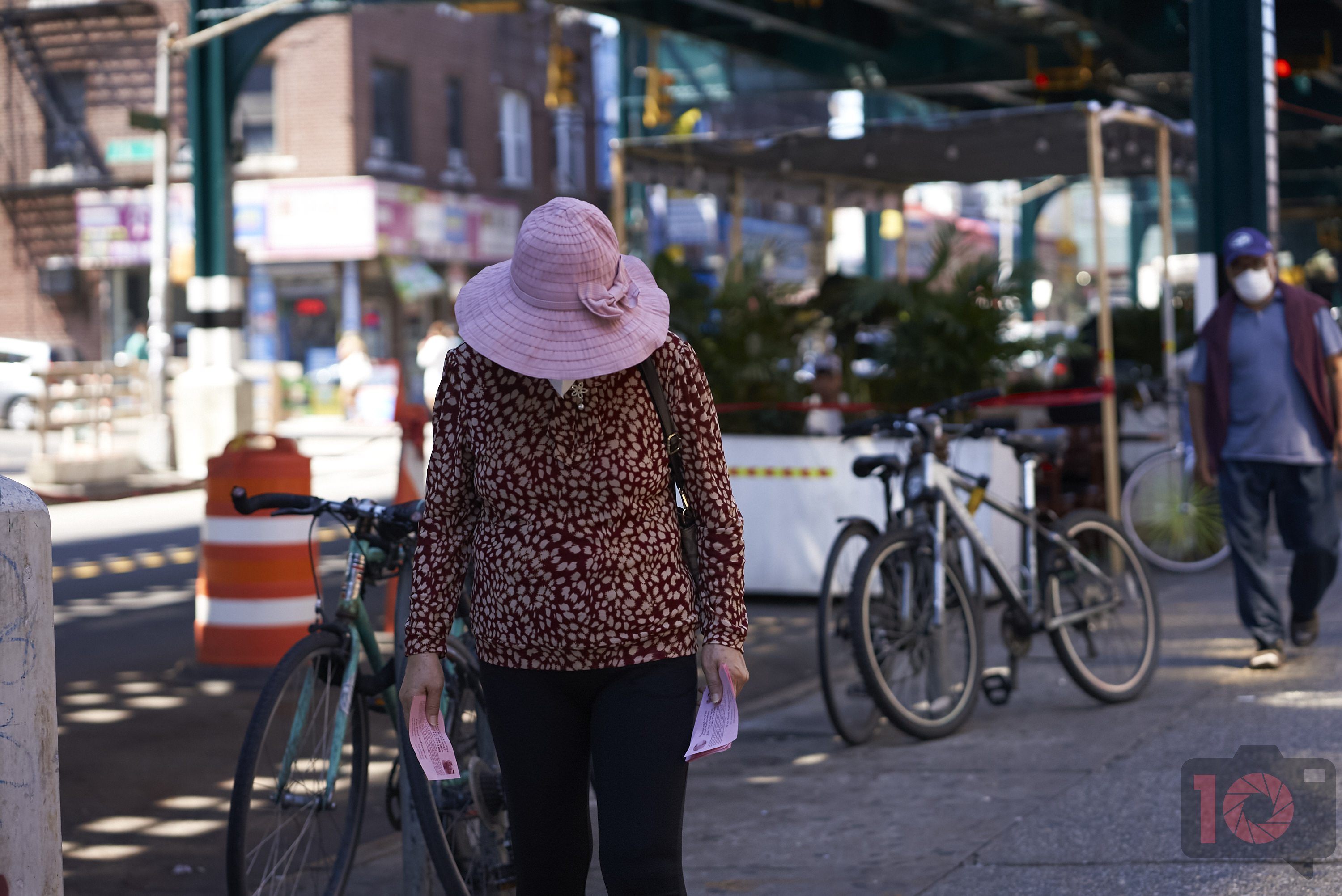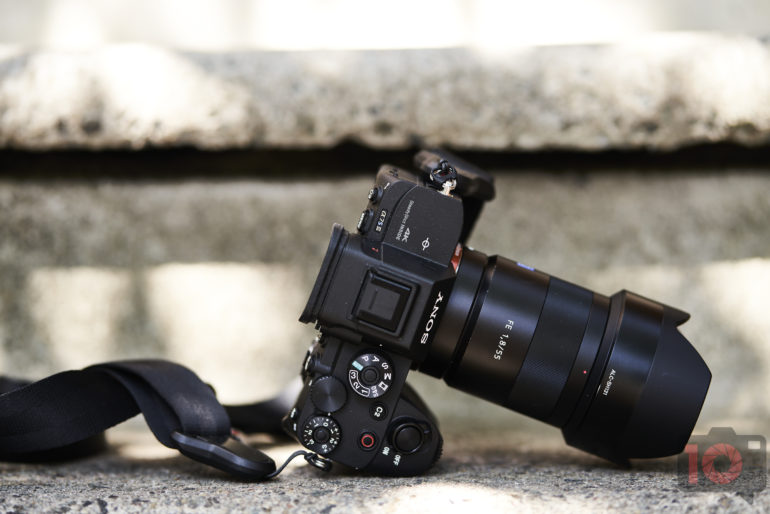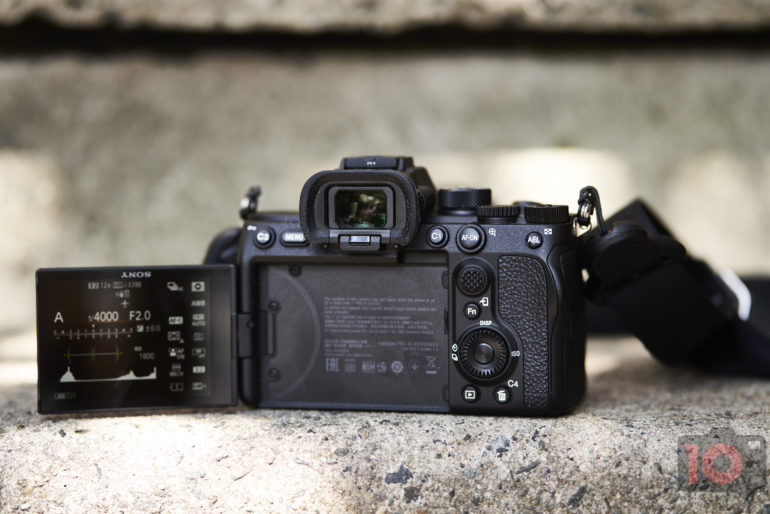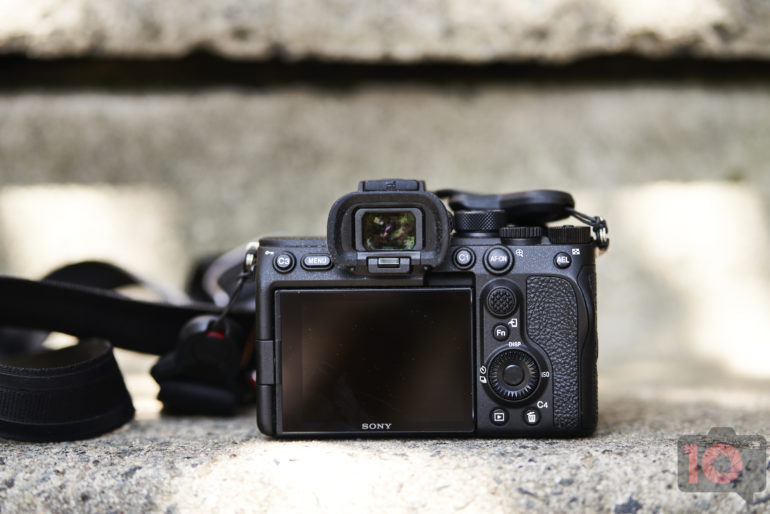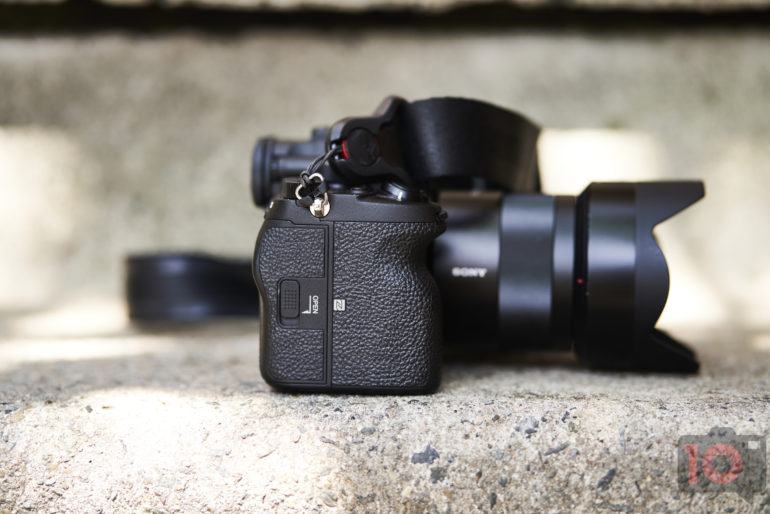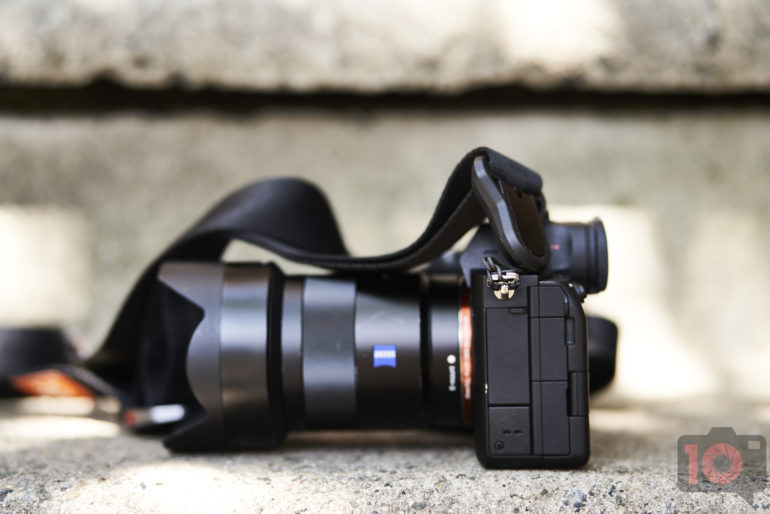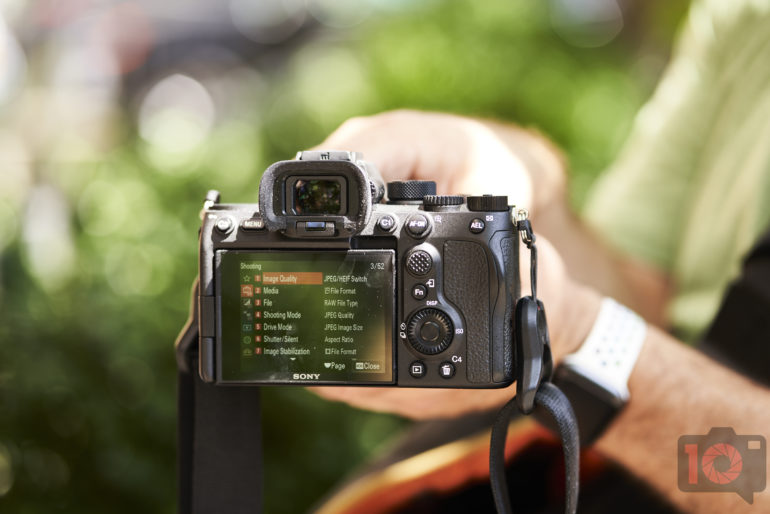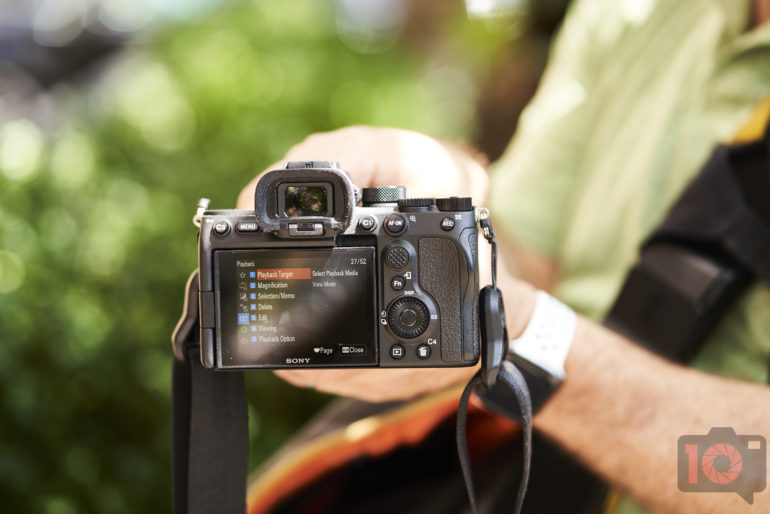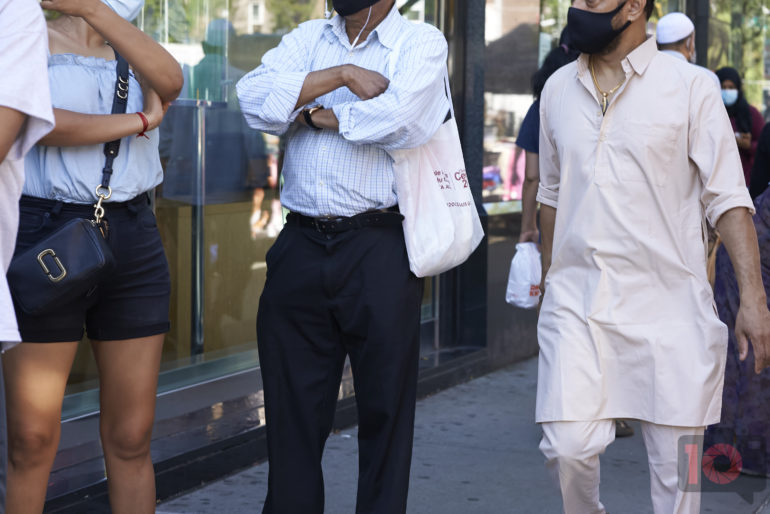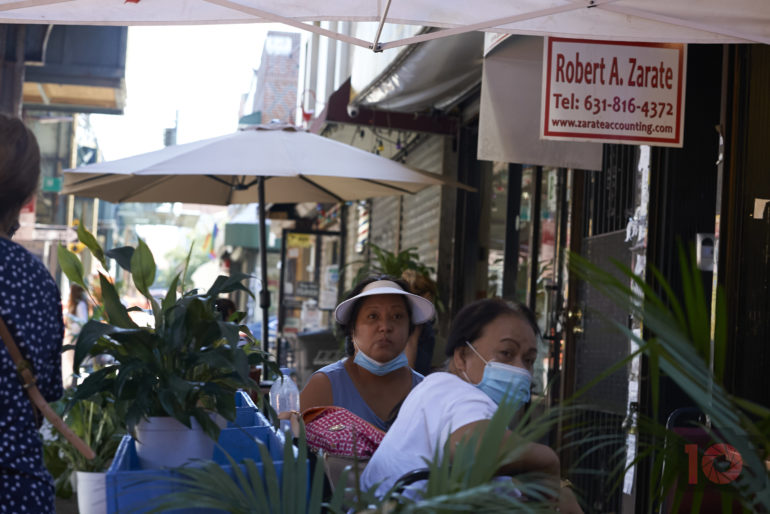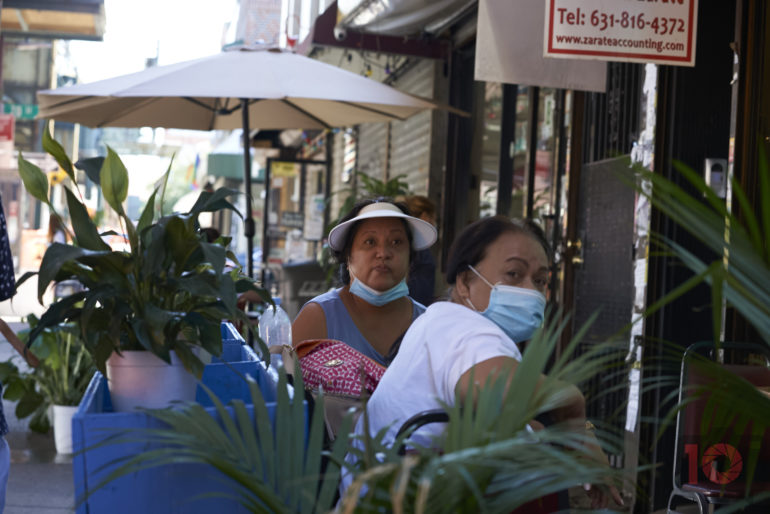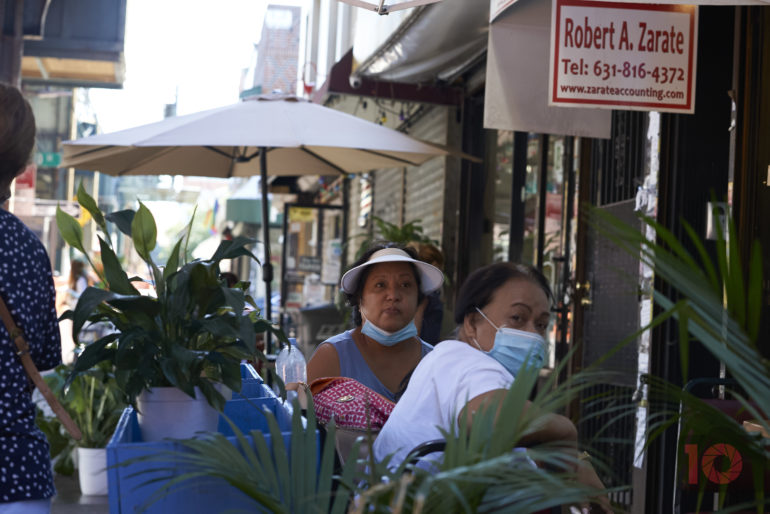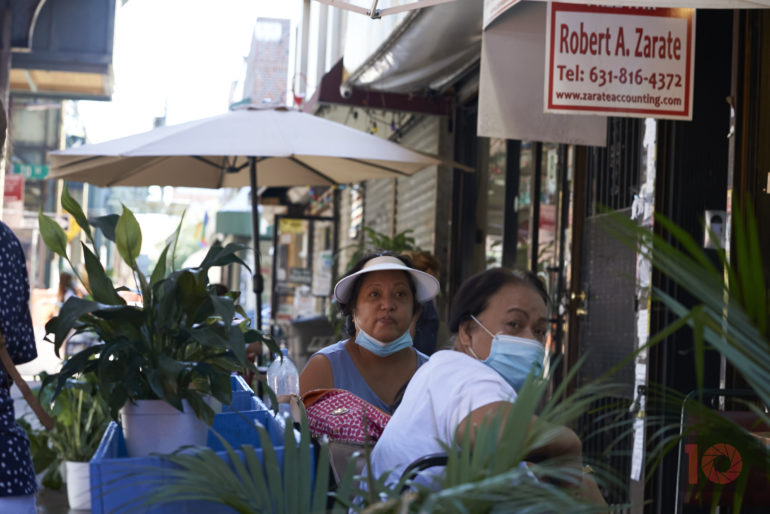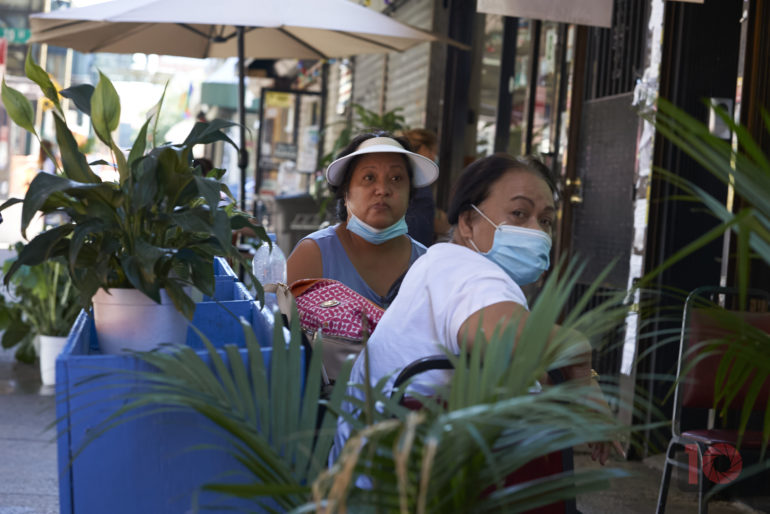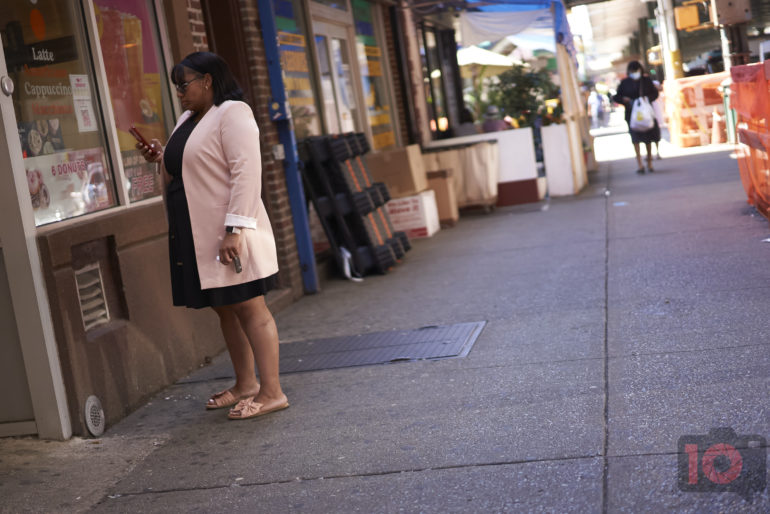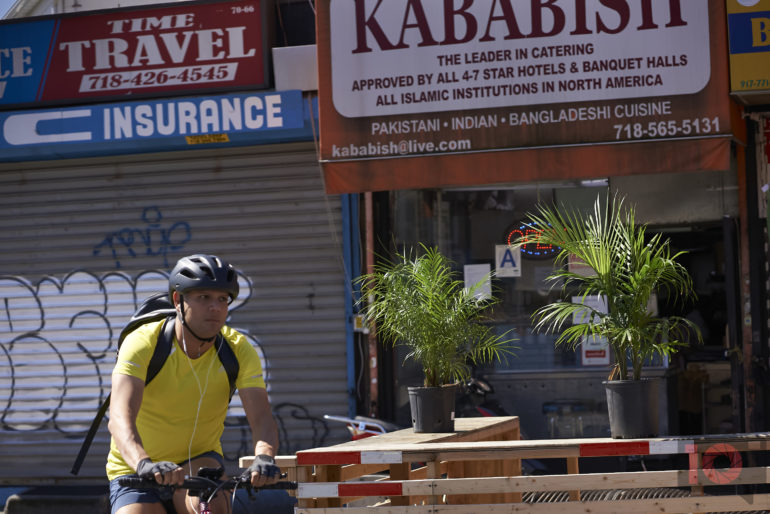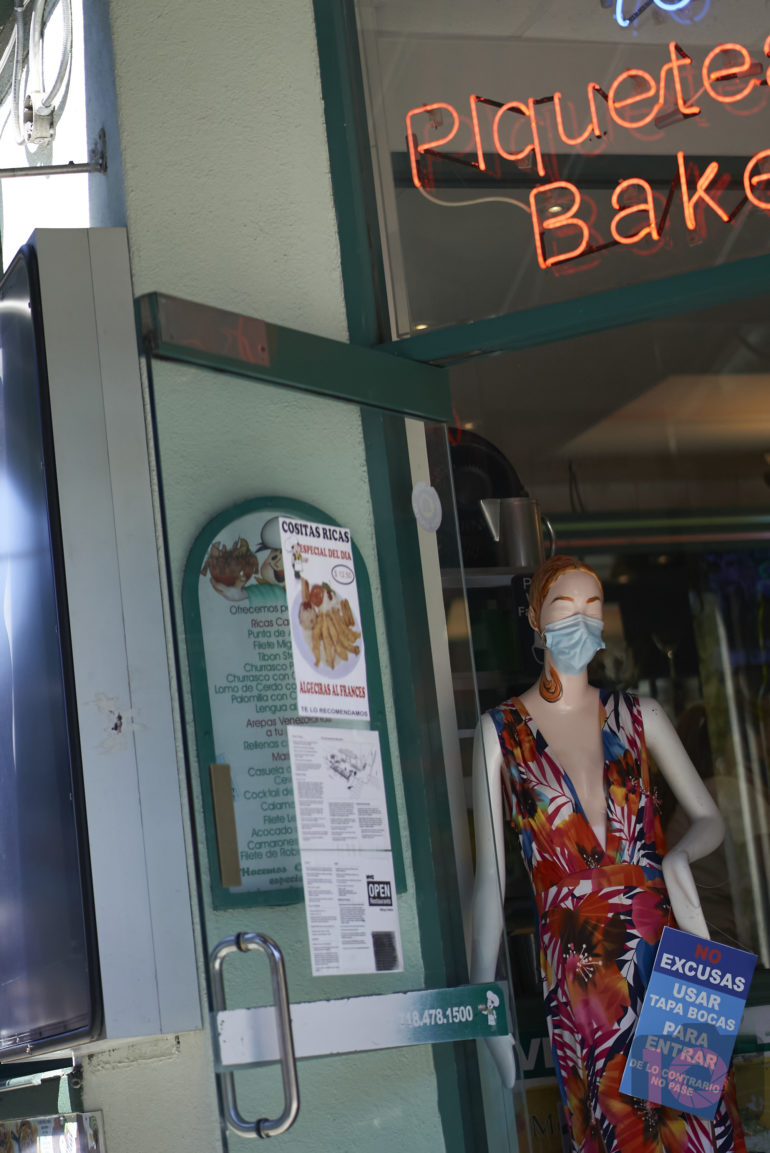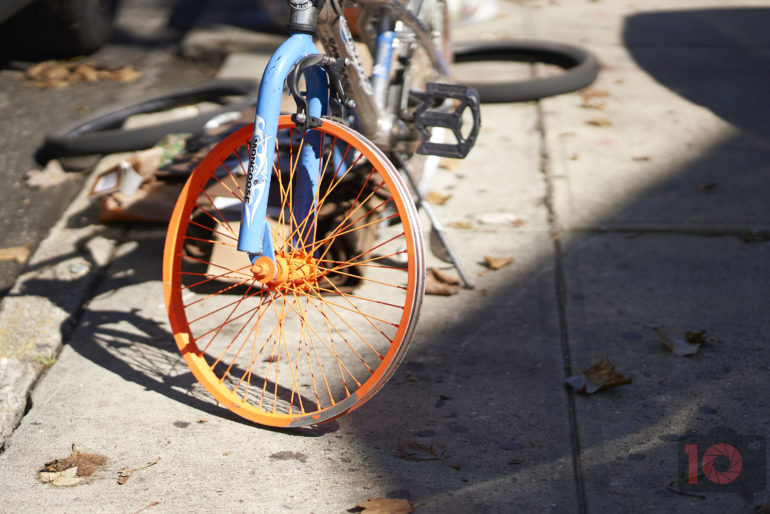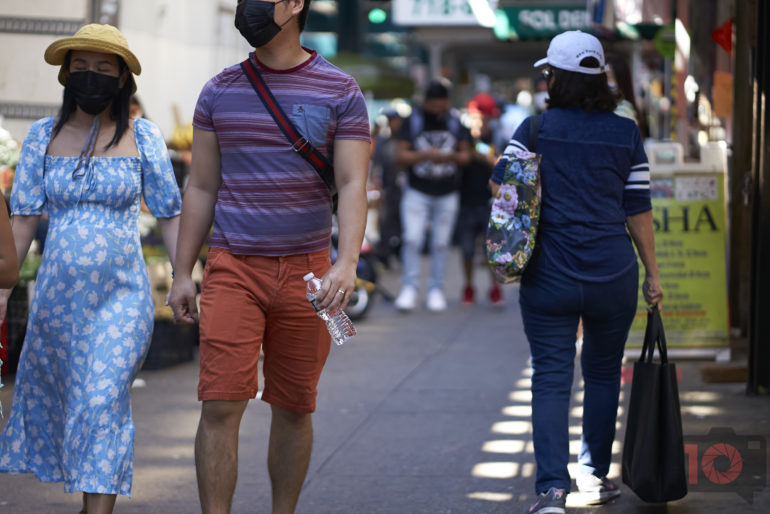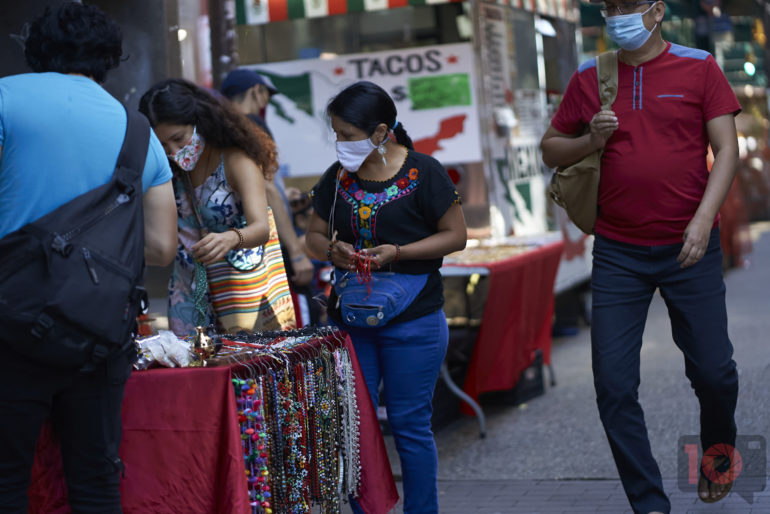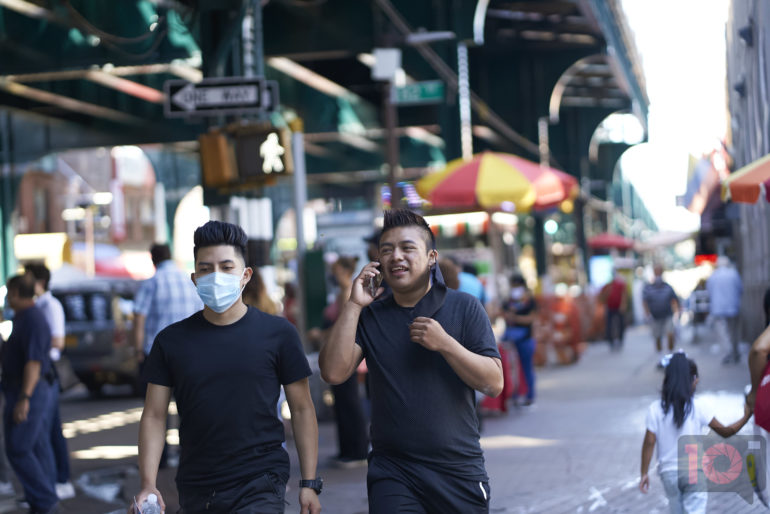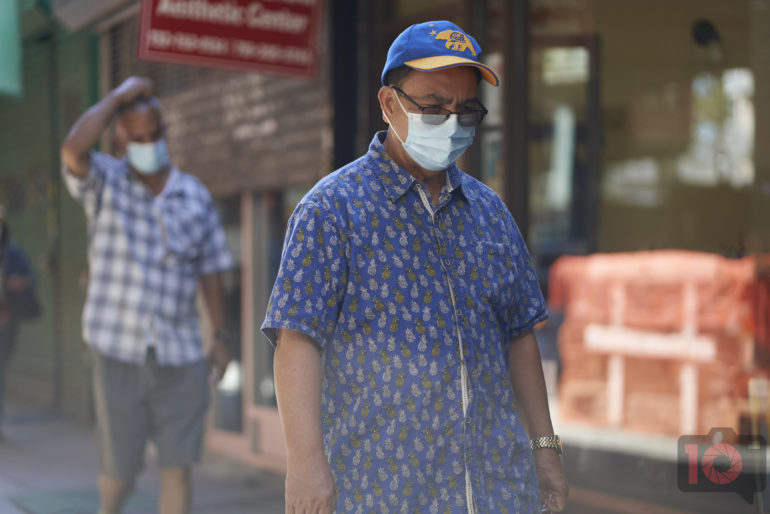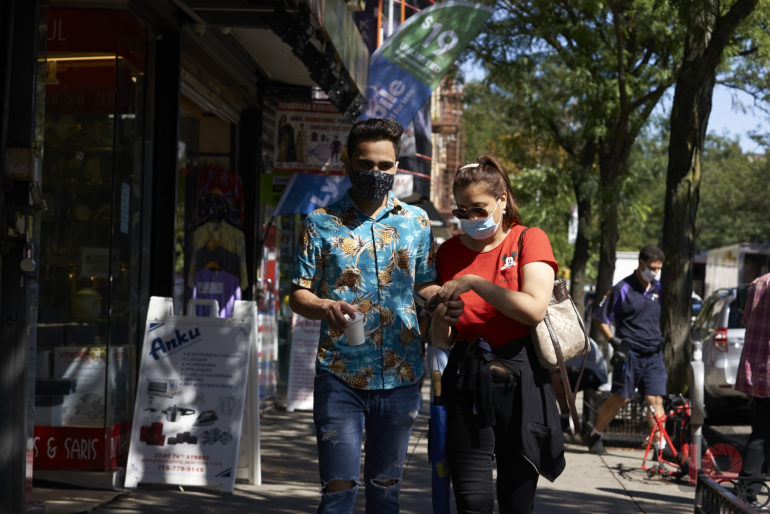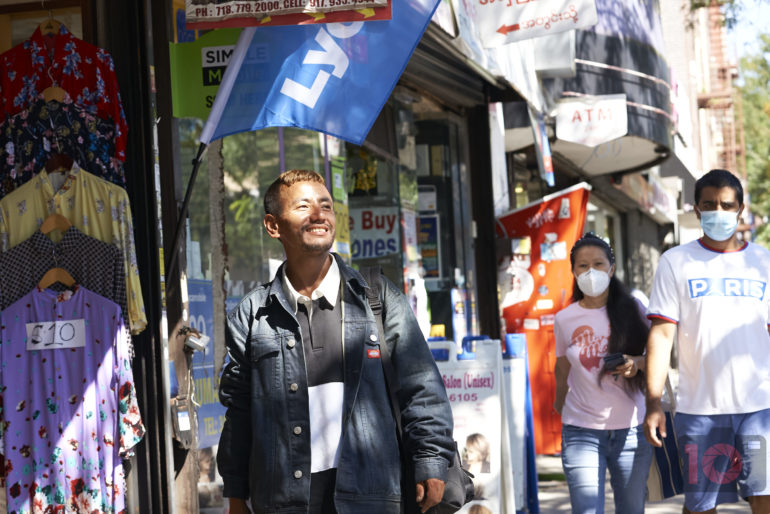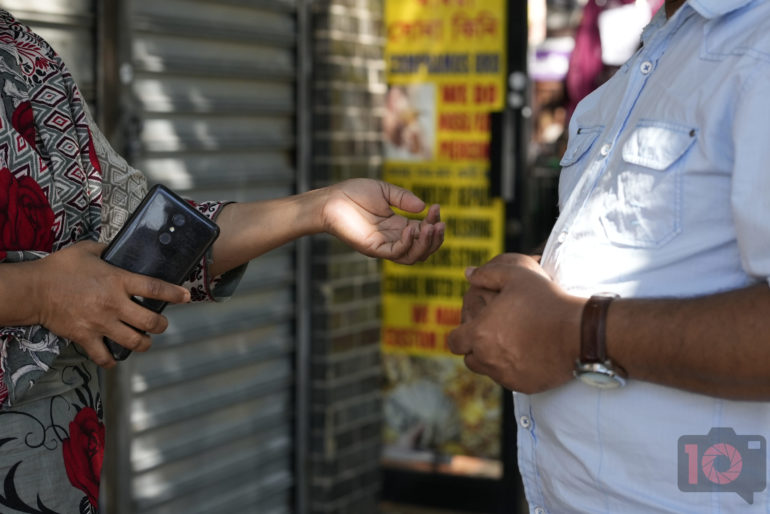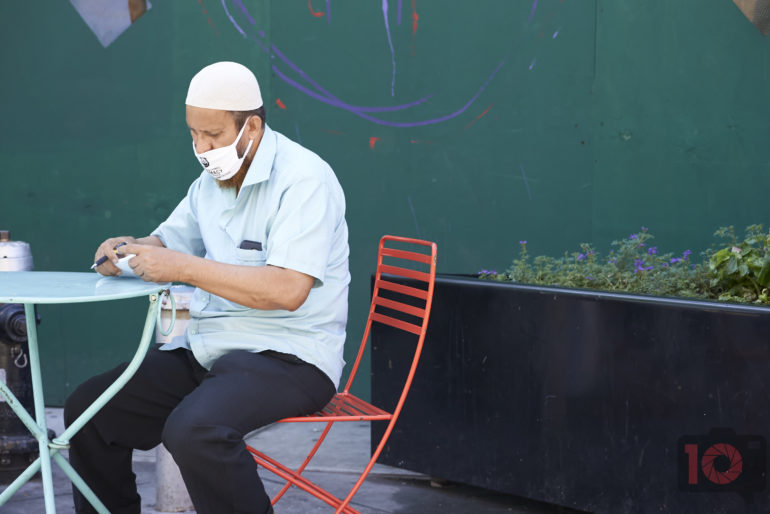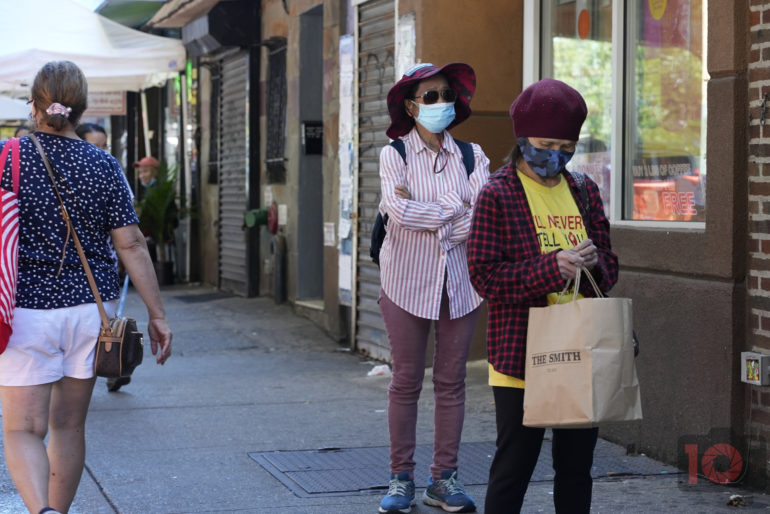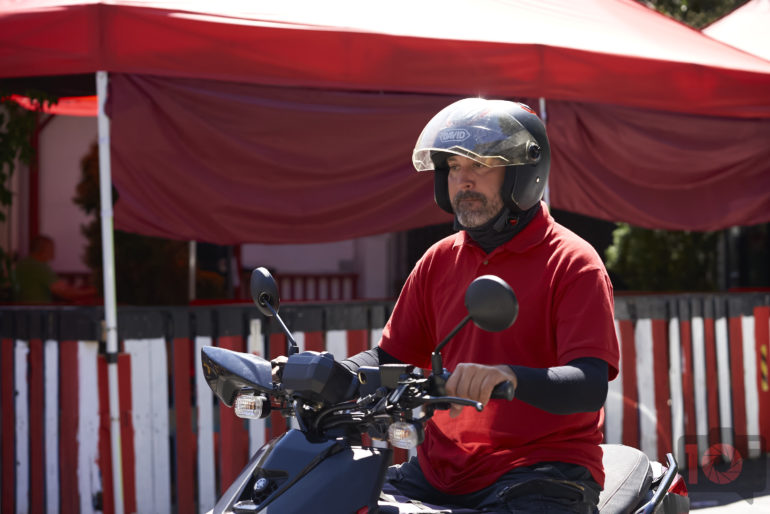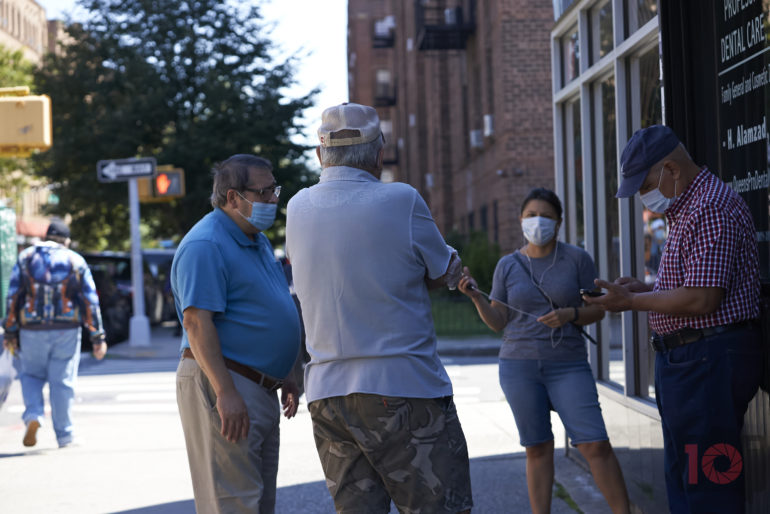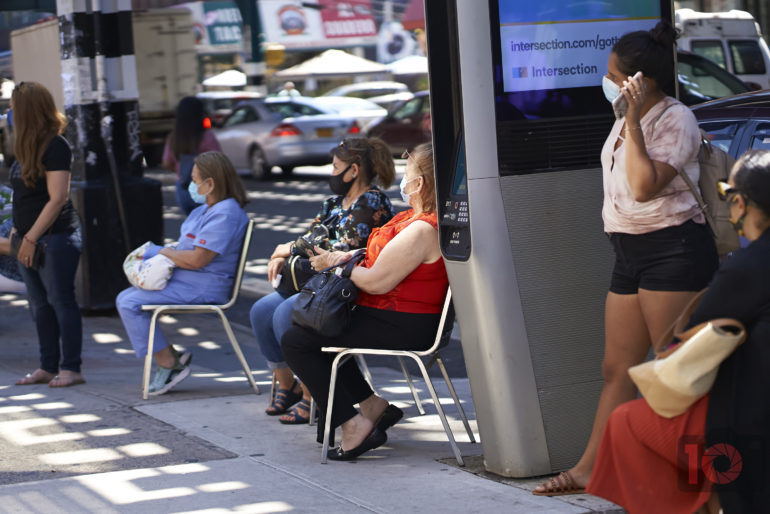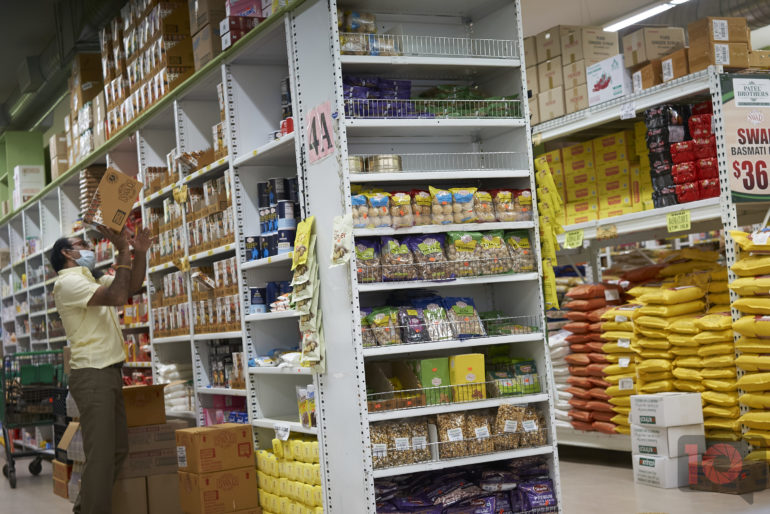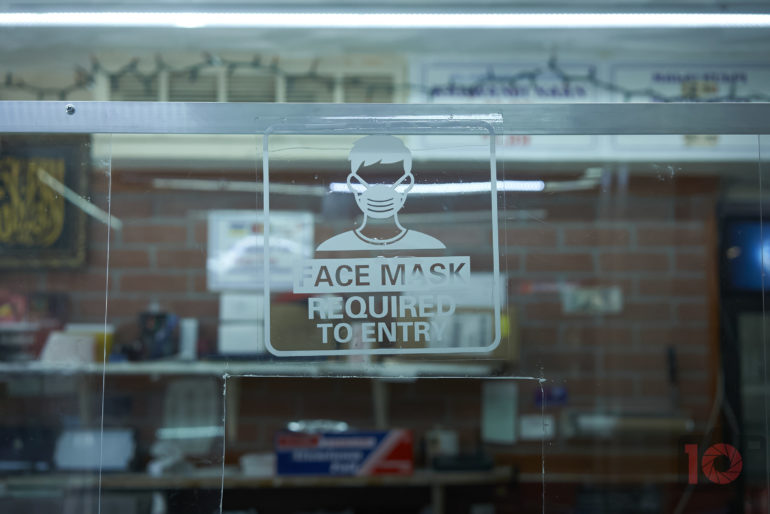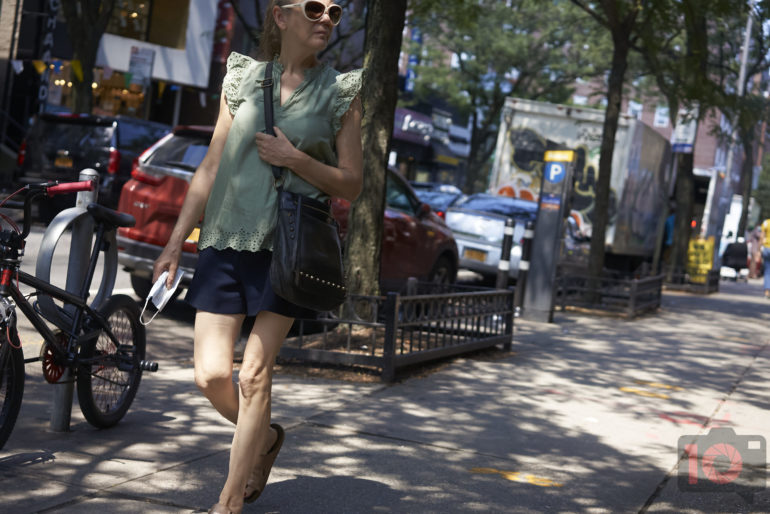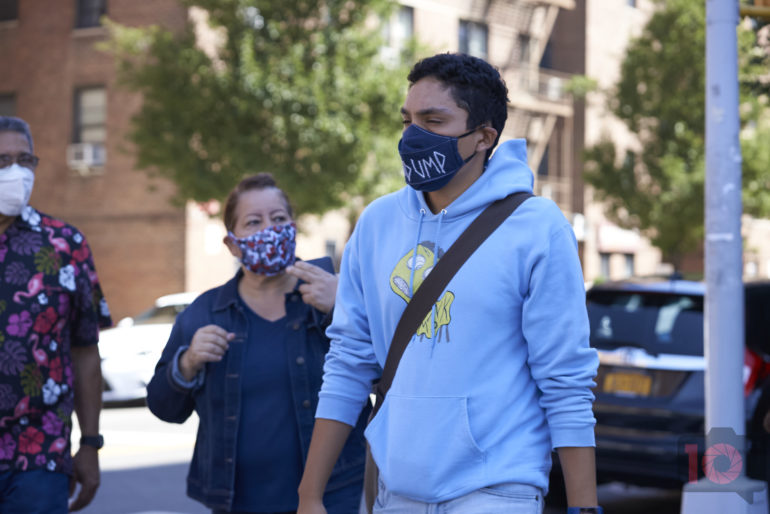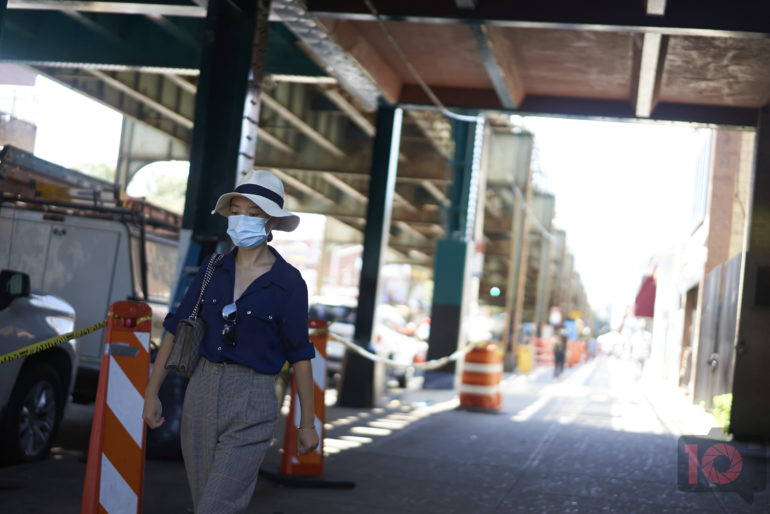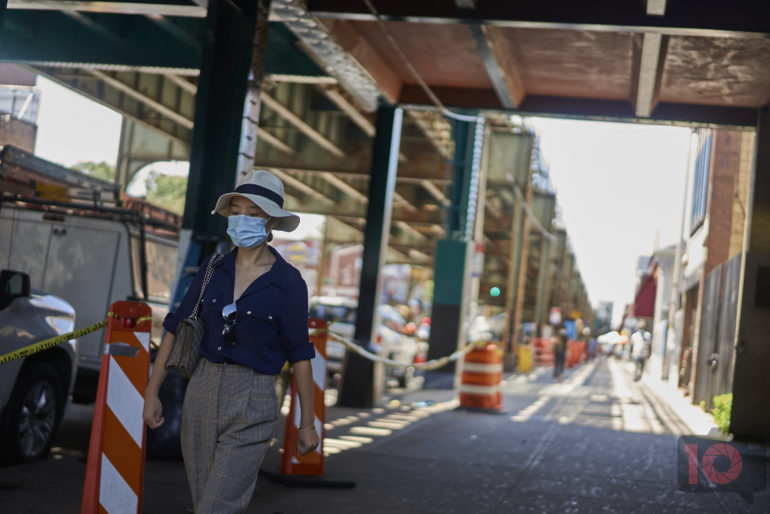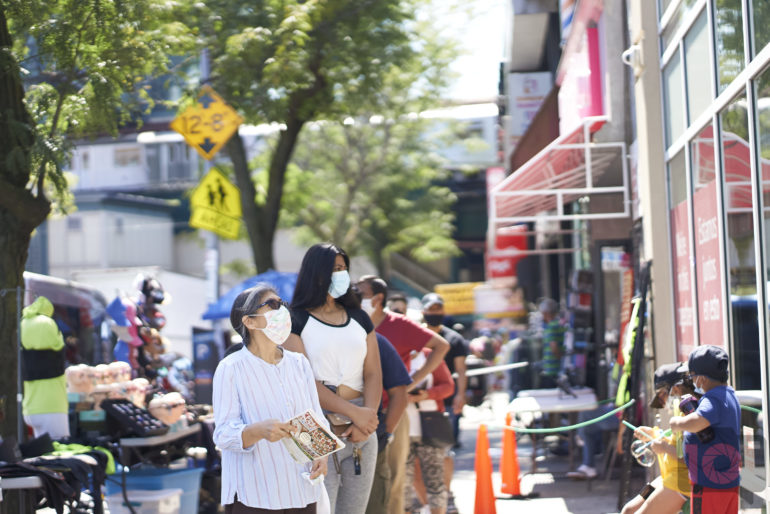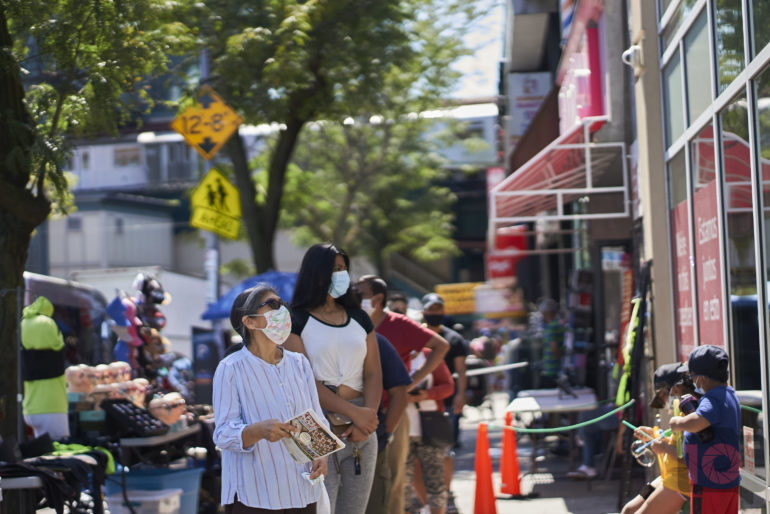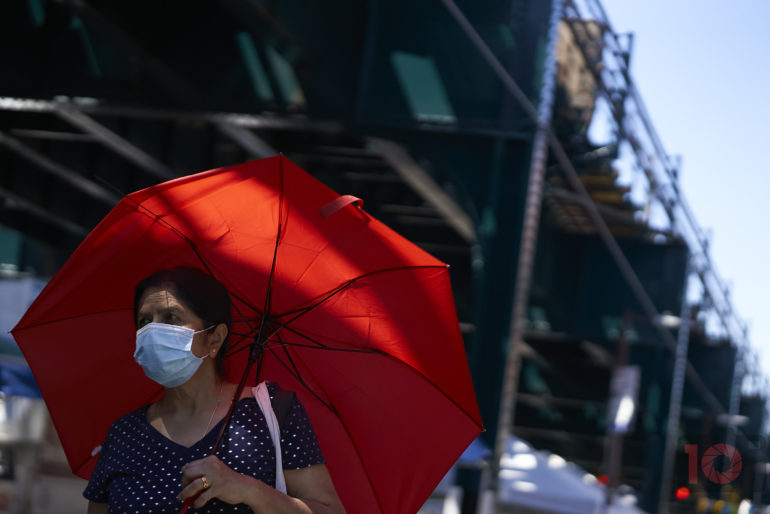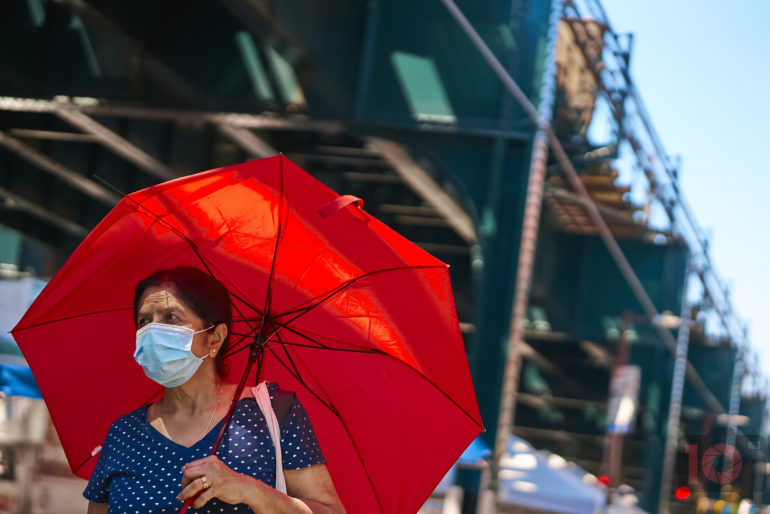Sony came to our new office in Queens, NY to show us the Sony a7s III and use it for street photography.
Much of the coverage already online around the Sony a7s III has been in use for video. Naturally, we’re a photography first website–and the photographers I’ve known who’ve used the predecessors to the Sony a7s III mostly did street photography, documentary work, and ambient light portraiture with neon colors. If you’ve never seen Daniel Schaefer’s Tumblr, know that a lot of it is with the Sony a7s original and vintage lenses. Indeed, there’s something magical about vintage glass and low-resolution full-frame sensors like the 12MP one in the Sony a7s III. But street photography requires either great zone focusing lenses or super-fast autofocus. And the Sony a7s III didn’t really disappoint us.
Editor’s Note: The Sony a7s III that we tested did not have final firmware. The image quality, as far as the Sony reps know, is final. In fact, at the time of publishing, these cameras aren’t even in retail boxes yet.
Table of Contents
Ergonomics
The Sony a7s III is another SLR style camera in the same body shape as their a7r IV and a9 II. The big difference here is the placement of the video recording button. But otherwise, it’s a lot like the other cameras.
The bigger difference comes with the camera’s back. Sony finally integrated this other LCD screen with tilting and flipping capabilities. It’s much better for video shooting and in general. I like this style a whole lot more.
The back of the Sony a7s III is characterized by lots of the buttons that you’ve known their other camera models for. The joystick is still the nice, textured option that we’ve come to adore. And the LCD screen is still the same size. The latter is odd, because I really wanted a bigger one to accommodate to the new touchscreen capabilities.
On the grip, you’ll find a door with a switch. This door holds the access to the SD card ports. Said ports also use the new CFExpress type A cards.
On the other side of the Sony a7s III, you’ll find all the other ports you need.
Build Quality
Holding the Sony a7s III still felt like holding a Sony camera. So if you like Sony’s ergonomics, then you’ll be happy here. One of the big differences is the placement of the video recording button. Sony claims that this is their toughest weather sealing yet. It’s the same that you’ll see in the Sony a7r IV and the Sony a9 II. Those are both pretty durable, but only long term testing will reveal if there’s any cracks in the foundation.
When using the camera for street photography, it’s best to wrap the strap around your wrist. The deep grip conforms to your fingers well and makes the camera comfortable to hold for a long time. Still though, it doesn’t really feel like a proper camera to me. Sony is getting closer for sure. But if you’re a rangefinder shooter, you’re probably not going to like the Sony a7s III. If you like the new Fujifilm XT-4, you’re also probably not going to like the Sony a7s III. While they’re similar in ways, Fujifilm’s ergonomic dials are much nicer. Admittedly, I picked up the XT-4 for a while and hated it, and I like the Sony a7s III more, but it still feels more like an image taking device than it is a camera. In my hands, there isn’t a single thing that feels like an old Minolta here despite Sony really trying to push the Alpha moniker on us.
Ease of Use
The biggest update to the ease of use that the Sony a7s III has is the menu system. And there’s good news and bad news about it. The good news is the following:
- They’re finally embracing the touchscreen. You can now navigate the menu system using the touchscreen.
- In the quick menu on the back LCD screen, you can also change pretty much every parameter except for the aperture.
- Sony has color coded the menu system a lot better. It’s very nicely laid out now.
A lot of praise should be given to the engineers of the Sony a7s III. The menu system is a lot better. Considering the smaller back LCD screen, Sony did what they could to make the best use. And they did a good job, though not an excellent one.
Where the Sony a7s III touchscreen can improve is in the following:
- You’ll still get the best use out of it by using the screen and the joystick. Some menu items, even for smaller fingers, are tough to navigate through and touch.
- Sony went for a menu coming from the sides, but should have really stuck with the menu that comes from the top. If Sony had quite literally made their older menu touch-capable it would have made things so much better.
- The Sony menu system is still terribly deep. You’ll find yourself letting out a sigh when sifting through it. Each and every time it will feel like you’re sifting through dirt in an attempt to find a rare fossil.
Sony a7s III Autofocus for Street Photography
Though I adored East Williamsburg, I moved my apartment and the office to Woodside, Queens. It will mean a whole lot for future testing. I’m surrounded by Little Dublin, Little Manila, and Little India. I grew up in Queens and I’m excited to be surrounded by true diversity again. Plus, there’s lots of food opportunities, less light pollution, and still a fair amount of art around. It’s going to be super fun to photograph here in the future. And the Sony a7s III is the first real test I’ve done here. Using the autofocus on the Sony a7s III is awesome. In fact, I’ll say that it’s amongst the best autofocus cameras I’ve ever used. Street shooters tend to approach situations in a few ways:
- Zone focus: which doesn’t require autofocus at all.
- Shooting 1: Finding something, stopping, autofocusing and shooting
- Shooting 2: Finding something, continuing to move, autofocusing and shooting.
I’m more of the latter, so tracking autofocus is essential to me. I purposely tested the Sony a7s III with the 85mm f1.8 FE. I like the more cinematic look that it delivers to me and I respect social distancing laws. 85mm lets me feel safe. And while it doesn’t feel like traditional street photography, I don’t think a single one of the old masters would’ve told anyone to risk their lives for a shot. When shooting street, I also really like using the LCD screen. So when shooting in AF-C and Wide tracking mode with face detection on, the Sony a7s III was able to really nail subjects. For the most part, it also kept them in focus as they were walking and I was walking. I can only imagine that the hit rate would get even higher with wider focal lengths. My thoughts on this are from the laws of physics.
During certain times, the autofocus would jump from face to face but still give me usable images. I’m willing to blame the autofocus jumps on the fact that this isn’t final firmware and that the 85mm f1.8 FE isn’t the company’s fastest focusing lens. But I’ve always felt it to be a very good performer. Again though, please keep in mind that we tested a pre-production model and we had it for a few hours.
Image Quality
Most of the scenes I shot with the Sony a7s III were at ISO 1600. The a7s line has always been about great high ISO output and video. And that’s what you’re going to get here. Just know and realize that no matter what, Sony always puts a major emphasis on clinically perfect images. This is a holistic philosophy even with their lenses. So you’ll need to put character back into the images via post-production. Personally, I don’t like that, and if I had more time I’d probably remove noise reduction and create my own black and white profile in the camera. I spend enough time in front of a computer–even more so during the quarantine. I’d rather not have to do so for my hobby.
Sony a7s III RAW Files in Capture One 20
Capture One 20 supports RAW files from the Sony a7s III. And like the previous models, the dynamic range and the colors aren’t all that interesting. With this current firmware, you’re better off just applying a preset of some sort. If you really want to get more out of the images, I’d recommend a higher megapixel camera body. The Sony a7r line has been my choice for a while, though I’ll admit that the Sony a7 vanilla is pretty decent too. If you’re using the Sony a7s III I think you’ll need to become even more controlled over what you’re getting in-camera. White balance manually in-camera. Maybe use ND filters or graduated filters. Polarizers would be nice additions. And shoot the way that you would with slide film, but know you’re not going to get the same colors.
Thoughts
The Sony a7s III is a pretty fun camera to use. It’s priced fairly at $3,500 too. But I think that we need to see a finalized version first. It’s got super clean high ISO output. There’s also the phenomenal autofocus. It shows promise when it comes to build quality too. I’m not the biggest fan of the dynamic range or the color depth. But overall, we’re going to have to see how it does when a production unit becomes available, so please stay tuned.


